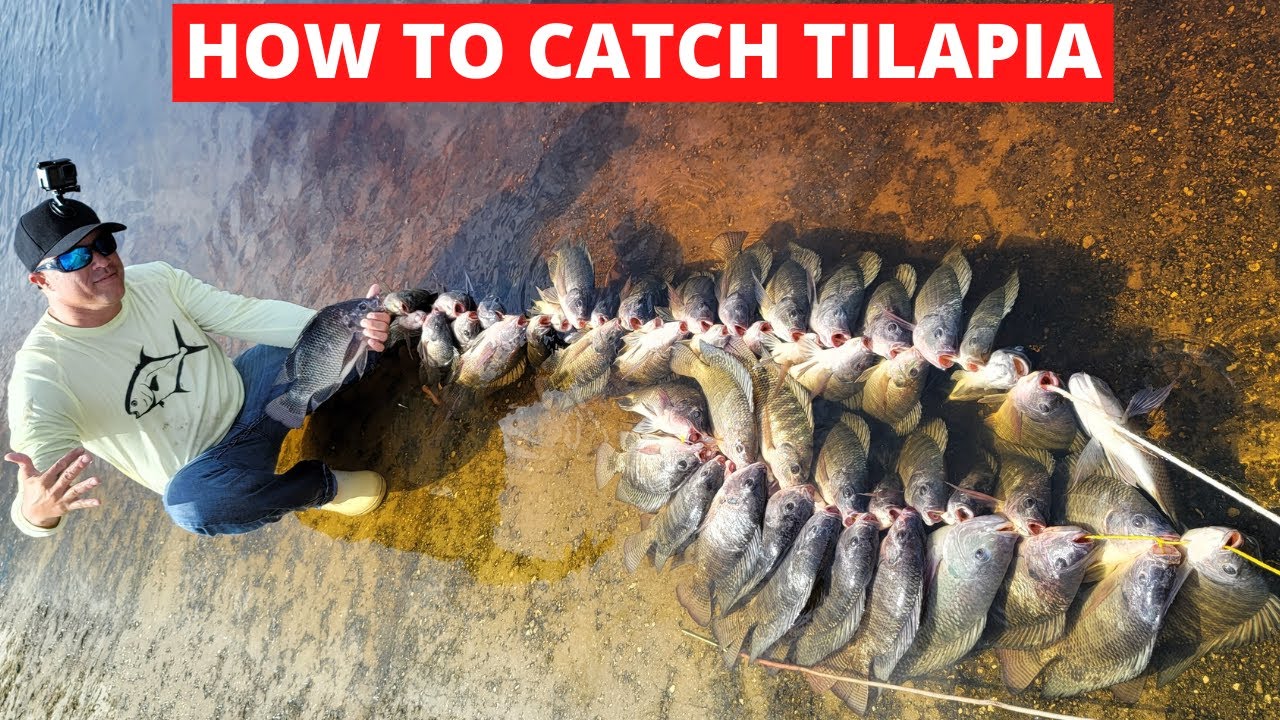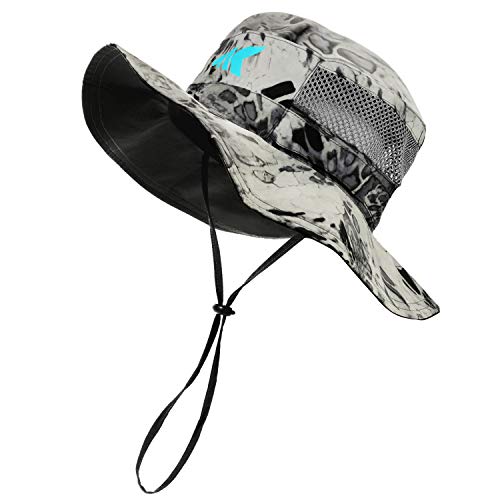Tilapia Fishing Guide: Techniques, Tips, and Insights
Tilapia Fishing Guide
Tilapia, a prized freshwater fish, offers both challenge and excitement for anglers of all skill levels. This comprehensive guide will provide you with everything you need to know to catch tilapia successfully. From understanding their habitat to selecting the best gear and techniques, we cover it all.
Understanding Tilapia Habitat
Tilapia thrive in warm, freshwater lakes, rivers, and ponds. These fish prefer water temperatures between 75°F and 85°F and are commonly found in waters across tropical and subtropical regions worldwide. Key habitats include:
- Rivers and Streams: Tilapia are often found in slow-moving or still waters with abundant vegetation.
- Lakes and Ponds: In larger bodies of water, they seek out shallow areas with plenty of plant life.
- Underwater Structures: They often inhabit areas near submerged vegetation, rocks, and man-made structures, which provide cover and feeding opportunities.
Seasonal Behavior and Movement Patterns
Tilapia behavior and location can change with the seasons, especially in regions with distinct wet and dry seasons. Understanding these patterns is crucial for successful fishing.
Spring
- Spawning Season: Tilapia move to shallow, warm waters to spawn, making them more accessible.
- Active Feeding: Pre-spawn and post-spawn periods see increased feeding activity.
Summer
- Shallow Waters: During hot months, tilapia remain in warm, shallow waters, often near vegetation.
- Morning and Evening: These are the best times to fish as tilapia avoid the midday heat.
Fall
- Feeding Frenzy: Before the cooler months, tilapia feed aggressively to build energy reserves.
- Shallower Waters: Cooler temperatures draw them back to shallower areas.
Winter
- Stable Conditions: In tropical regions, tilapia can be active throughout the winter.
- Slow Presentation: Use slower retrieval methods as tilapia metabolism decreases in cooler water.
Best Gear for Tilapia Fishing
Selecting the right gear is essential for a successful tilapia fishing trip. Here are our top recommendations:
Rods and Reels
- Light to Medium Action Rods: Provide sensitivity and enough power to handle tilapia.
- Spinning Reels: Preferred for their versatility and ease of use.
Lines
- Monofilament Line: A 4 to 8-pound test line is ideal for most tilapia fishing situations.
- Fluorocarbon Leader: Enhances invisibility in clear waters, typically 4 to 6-pound test.
Lures and Baits
- Small Crankbaits and Jigs: These lures mimic the movement of prey and are very effective.
- Soft Plastics: Worms, grubs, and small creature baits are perfect for mimicking natural tilapia food.
- Live Bait: Worms, small fish, and insects are natural choices that tilapia find irresistible.
Proven Tilapia Fishing Techniques
Mastering various techniques will increase your chances of a successful catch.
Trolling
- Depth Control: Use shallow-running lures to maintain precise lure depth.
- Speed: Maintain a slow trolling speed of 1 to 2 mph.
- Lure Selection: Small crankbaits, jigs, and soft plastics are highly effective.
Fly Fishing
- Casting Techniques: Learn different casting methods to present flies naturally.
- Matching the Hatch: Use flies that mimic the current insect hatch in the area.
Casting
- Shoreline Casting: Effective in shallow waters near vegetation where tilapia are actively feeding.
- Retrieve Speed: Vary your retrieve speed to find what triggers a strike.
Top Tilapia Fishing Destinations
Southeastern United States
- Florida: Known for its warm waters and abundant tilapia in lakes and ponds.
- Texas: Offers excellent year-round tilapia fishing in its many reservoirs and rivers.
FAQs About Tilapia Fishing
What is the best time of day to fish for tilapia?
Early morning and late evening are generally the best times to fish for tilapia, as they are more active during low light conditions.
Do tilapia prefer specific types of bait?
Tilapia are opportunistic feeders. They commonly feed on insects, small fish, and plant material. Using live bait like worms or artificial lures that mimic their natural prey can be very effective.
How can I locate tilapia in a large lake?
Using a fish finder can greatly assist in locating tilapia. Look for areas with abundant vegetation, shallow waters, and submerged structures. Understanding seasonal patterns can also help you pinpoint their location.
What is the typical size of tilapia?
Tilapia can vary greatly in size, ranging from 1 to over 10 pounds. The size often depends on the body of water and its resources.
Can tilapia be caught year-round?
Yes, tilapia can be caught year-round, especially in tropical and subtropical regions. However, the best fishing times are often during the spring and fall when they are most active.
By following this guide and implementing the techniques and tips provided, you will be well-equipped for a successful tilapia fishing experience. Happy fishing!
































